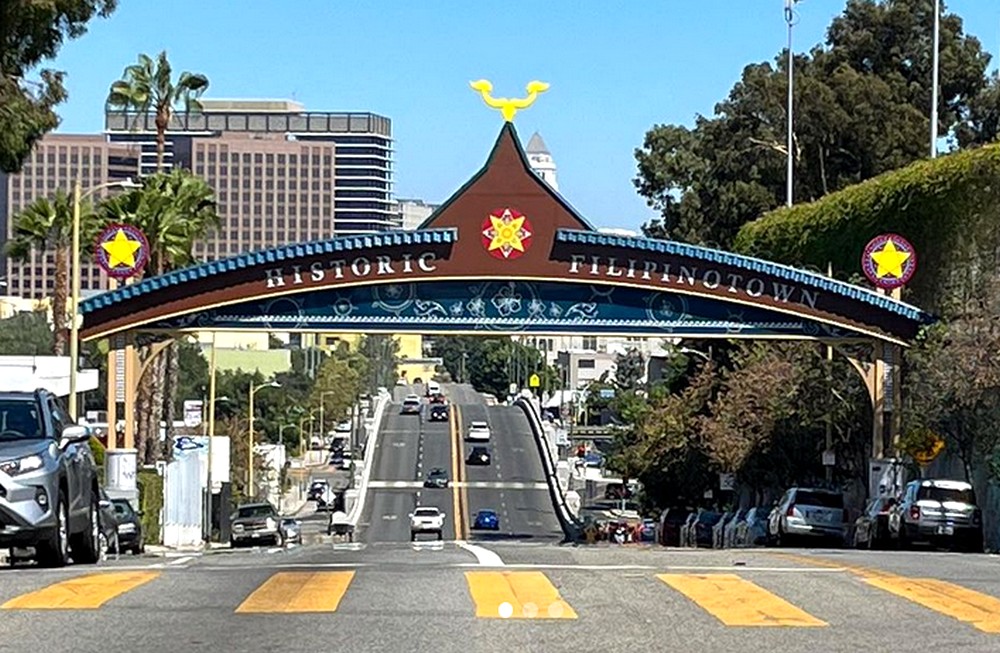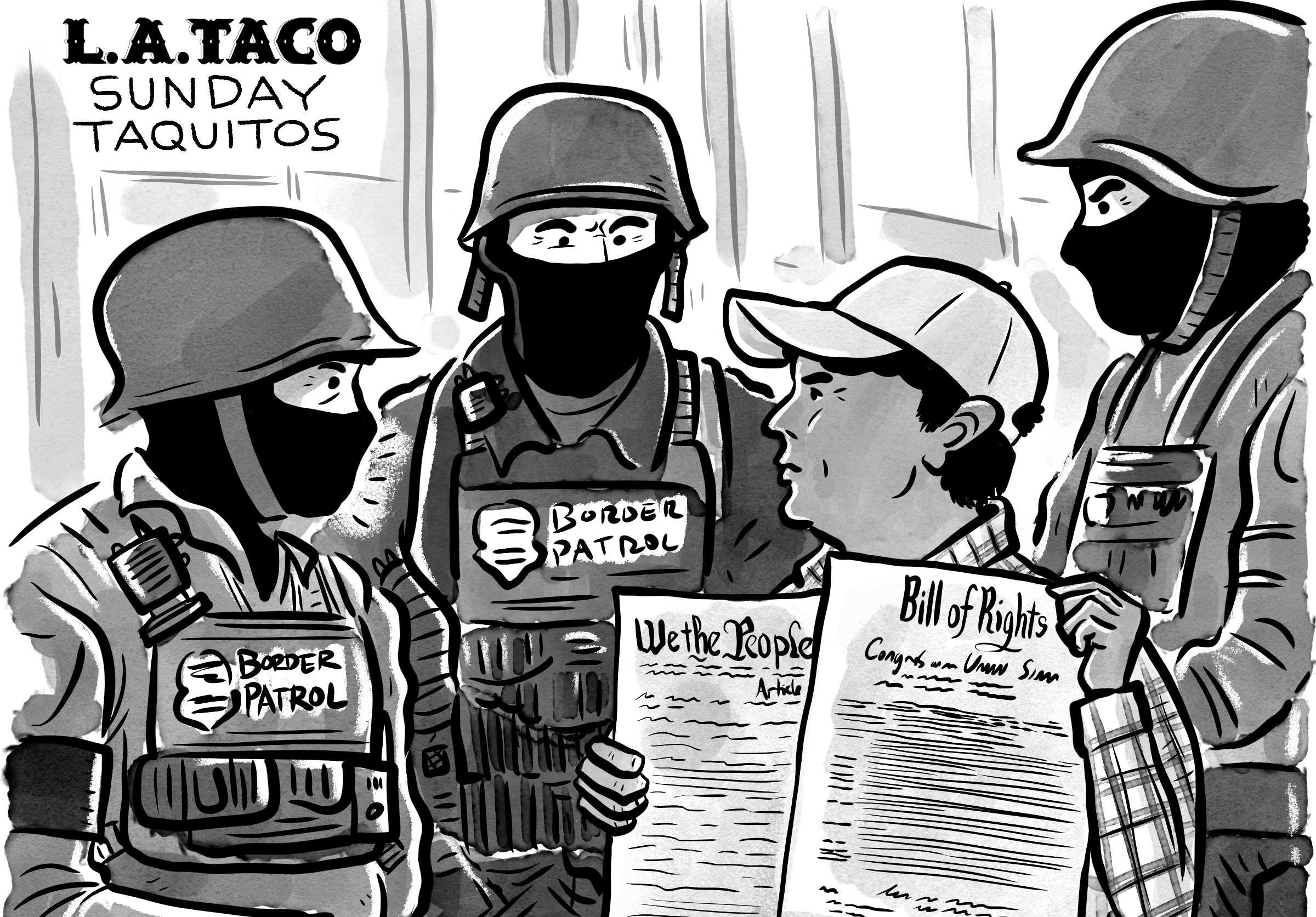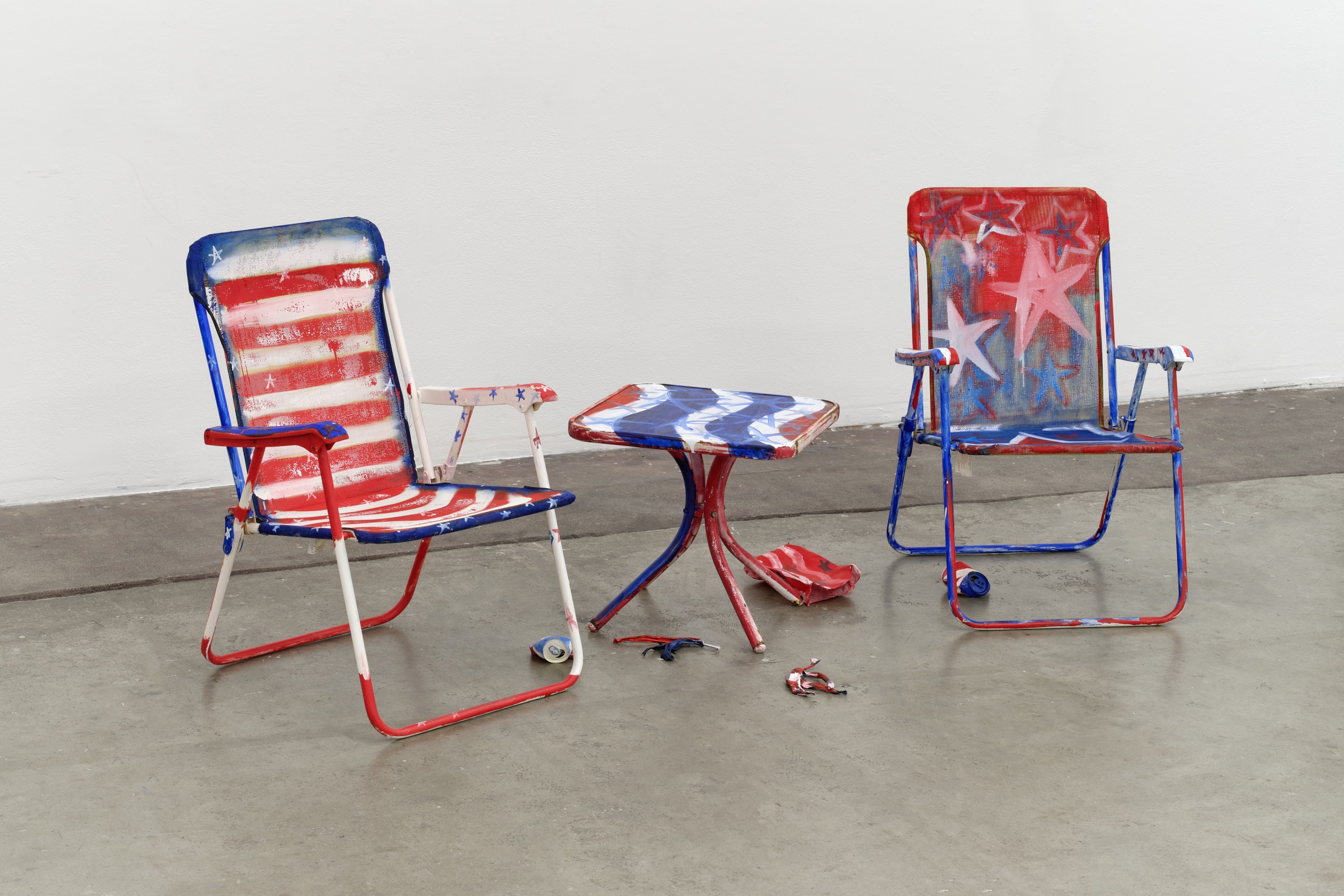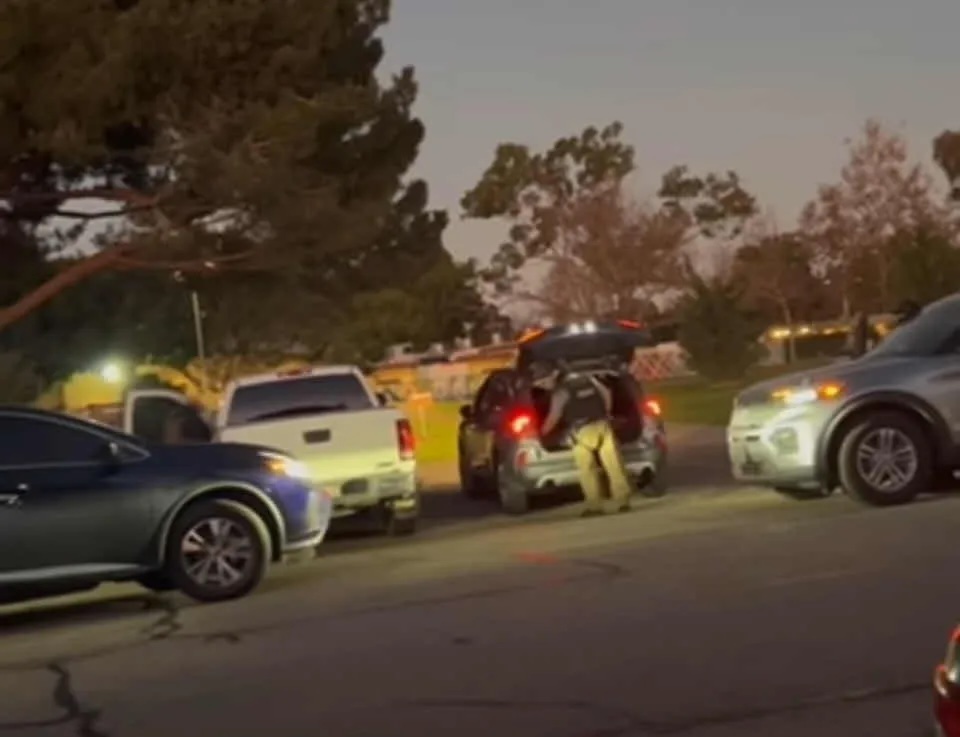L.A. TACO is embarking on its biggest mission yet: to create a taco and food guide for every single neighborhood in Los Angeles! Along the way, we will also be releasing brief histories of each neighborhood to understand L.A. a little more and celebrate how each and every neighborhood makes our fine city the best in the world.
–Historic Filipinotown, located in Westlake, and wedged between Koreatown, Echo Park, and Downtown, is a dynamic L.A. enclave dedicated to the contributions and culture of its Filipino-American residents, activists, and pioneers, who built this neighborhood and then turned it into a stronghold of culture and community.
–Historians tell us the first Filipinos to arrive in California were brought ashore at Morro Bay as a small scouting party likely comprised of crew, prisoners, and slaves of a Spanish galleon in 1587, leading to an encounter with Chumash people that resulted in the death of one Filipino man and one Spaniard by javelin.
–The first big, modern wave of Filipinos to move to California came in 1923, a population made mostly of men who arrived to study and return home or stay and work. By 1933, there were over 6,000 Filipinos living in the core of Downtown Los Angeles, notably around the intersection of First and Main Streets in today’s Little Tokyo. Filipino immigrant populations especially boomed following the end of World War II. In 1945, the Filipino American Community of Los Angeles was created to serve this growing population. Today the organization continues to operate from its venue on Temple Street, claiming to be the oldest Filipino-American non-profit organization in the country.
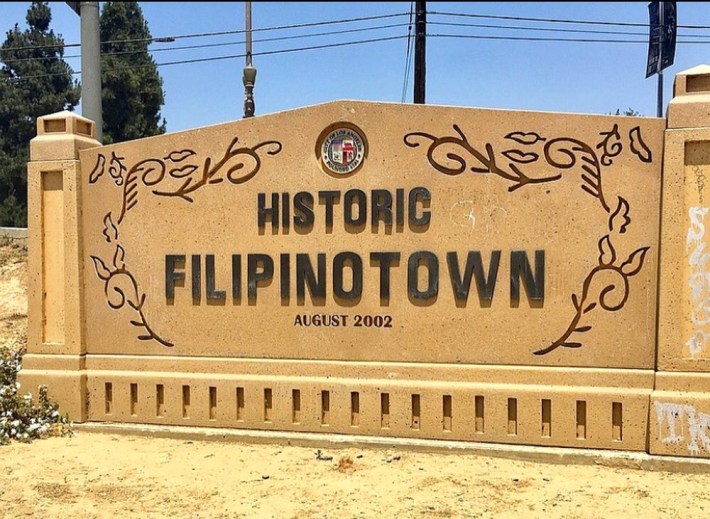
–It wasn’t until the 1950s that Filipinos could purchase land locally, amid freeway implementation and urban renewal efforts in the Little Manila neighborhood and other Downtown areas the community inhabited. Many families moved and did so in what was then known as the Temple-Beverly Corridor, establishing restaurants, shops, pool halls, churches, and numerous important community and activist organizations over the following decades. Since then, Filipino enclaves have been numerous throughout California, with this neighborhood often referenced as a starting point for families after first arriving.
–The long-itinerant Filipino Christian Church found a permanent home at the former Union Avenue M.E. Church in 1950, establishing itself as a neighborhood pillar around which newly arriving residents and other organizations would rally and connect with the larger community. In 1998, it was designated a Los Angeles Historic-Cultural Monument by L.A. City Council.
–Historic Filipinotown was given its name and official district designation in 2002 in an effort by community leaders to bring more business, representation, and political power to the area. It took a few years for the name to catch on, especially locally, given the majority of the neighborhood population’s heritage comes from Central America and Mexico.
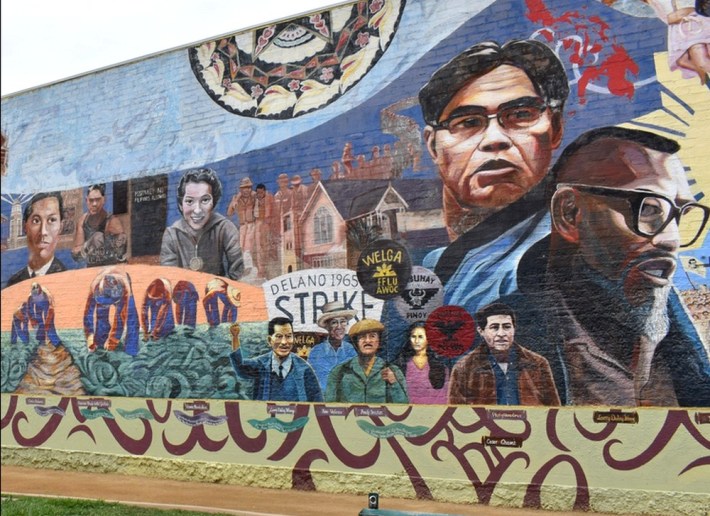
–In 2018, the neighborhood was officially recognized by Michelle Obama as one of the county’s “Preserve America Communities,” paving the way for federal support to safeguard it. Despite the name, the neighborhood population is not majority Filipino and has been diversifying further into the new millennium, nor is it being spared the ravages of the gentrification seen in many working-class areas of L.A. These include the marketable moniker “HiFi,” avaricious development of what is being called the North Westlake Design District, high-priced, high-rise housing, and mentions on the “coolest neighborhood” lists in popular publications.
–In 1995, the largest Filipino-American mural in the U.S., Eliseo Art Silva’s “Gintong Kasaysayan, Gintong Pamana (Filipino Americans: A Glorious History, A Golden legacy)” was unveiled in the neighborhood, celebrating prominent Filipino American activists and neighborhood heroes. Unidad Park was opened at the site of the mural in 2007, with a playground, grills, terraced gardens, a learning circle, and enough space to hold events such as the annual Larry Itliong Day, which celebrates the local labor leader.
–During the four-month Christmas season in the Philippines, one may see parols, or star-shaped Christmas lanterns, lining the lamps and telephone poles on Temple Street as early as September, meant to resemble the star of Bethlehem.
